
You’ve probably heard the word ‘anemia’ used when someone looks pale or tired–but there’s much more to it than that. Anemia happens when your blood doesn't carry enough oxygen – usually because of low hemoglobin or fewer red blood cells. And yup, that affects everything from your energy to your brainpower.
This blog breaks down what is anemia, its causes, symptoms, types, and what happens if it’s left untreated. Whether you’re prepping for exams or just trying to figure out why you feel low-energy all the time – this is your one-stop, student-friendly guide.
Anemia is when your body doesn't have enough healthy red blood cells or hemoglobin to carry oxygen to your organs. Think of red blood cells as little oxygen taxis - if there aren't enough, your body starts running low on fuel.

The main job of hemoglobin (a protein in red blood cells) is to bind oxygen and deliver it throughout your body. So, when you're anemic, your cells don’t get enough oxygen - and that’s why you feel tired, dizzy, or out of breath all the time.
There are different types of anemia, but they all affect oxygen delivery. Some are caused by iron deficiency, others by vitamin B12 or folate deficiency, and some are due to long-term illnesses or even genetics.
Reminder: anemia might seem small, but it affects your entire body - especially if it goes undiagnosed for long.
Anemia doesn’t just appear out of nowhere - it usually develops when your body either isn’t producing enough red blood cells, is losing them too quickly, or when those cells aren’t functioning properly. Knowing the root cause helps doctors decide the best treatment.
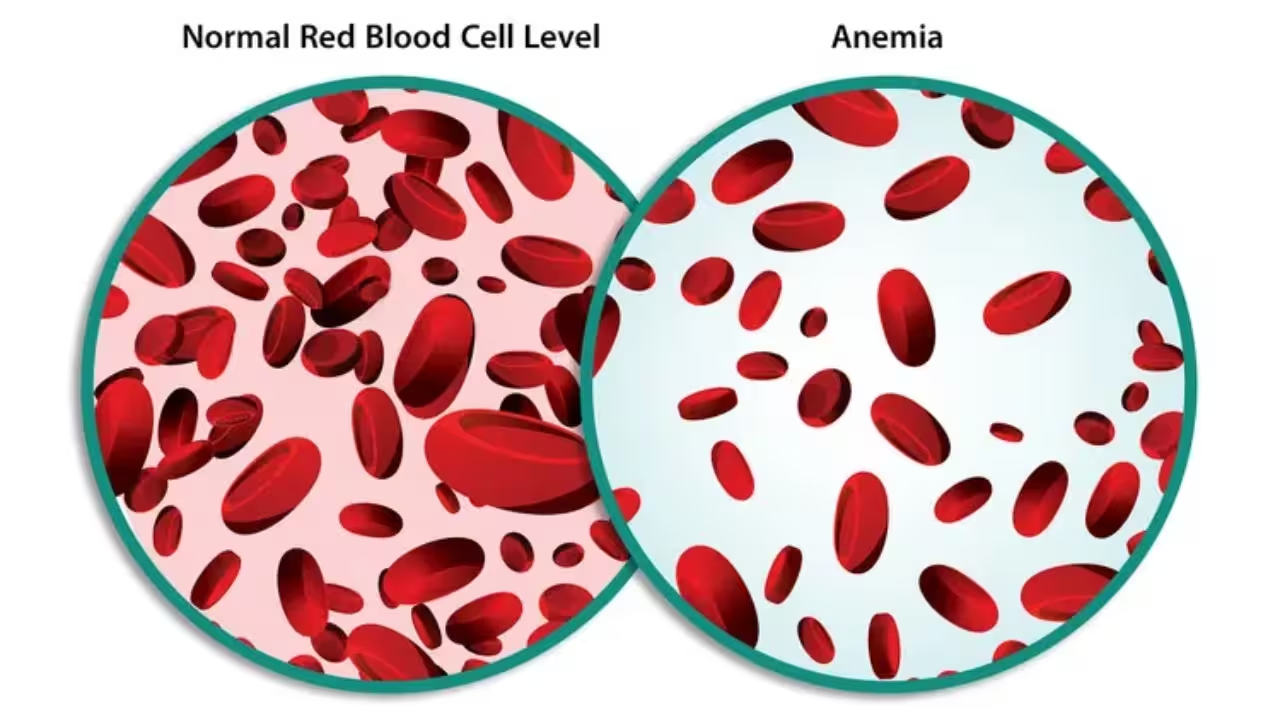
Each type of anemia has a different cause - and spotting that cause early is key to managing the disease effectively.
Anemia symptoms can sneak up on you - they start mild and get worse if the condition isn’t treated. Since red blood cells carry oxygen, fewer healthy cells means less oxygen reaching your body’s organs and tissues. That’s why people with anemia often feel tired all the time or short of breath even after light activity.
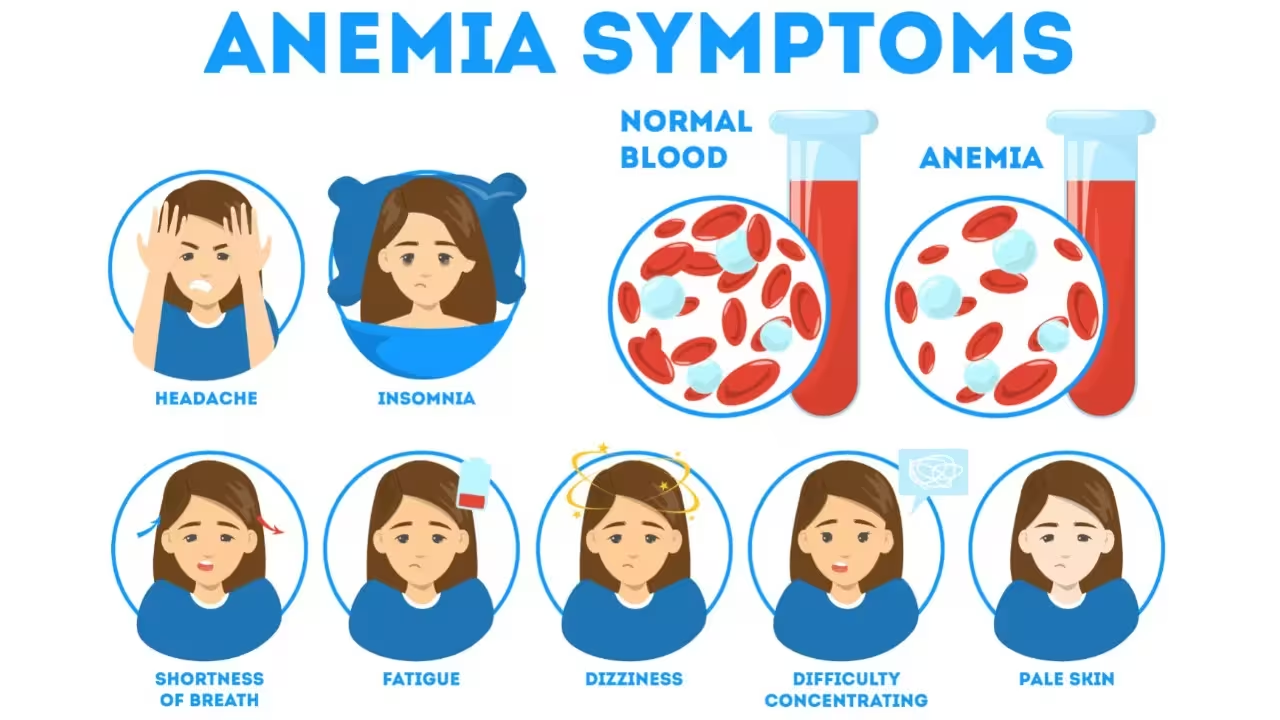
These are signs your body’s struggling with oxygen delivery. If you notice two or more of these symptoms regularly, it’s worth getting a basic blood test done - especially if you’re already at risk.
When we hear the word anemia, we often just think of "low hemoglobin" or feeling tired. But anemia disease actually comes in different forms - and each type has its own symptoms and causes.
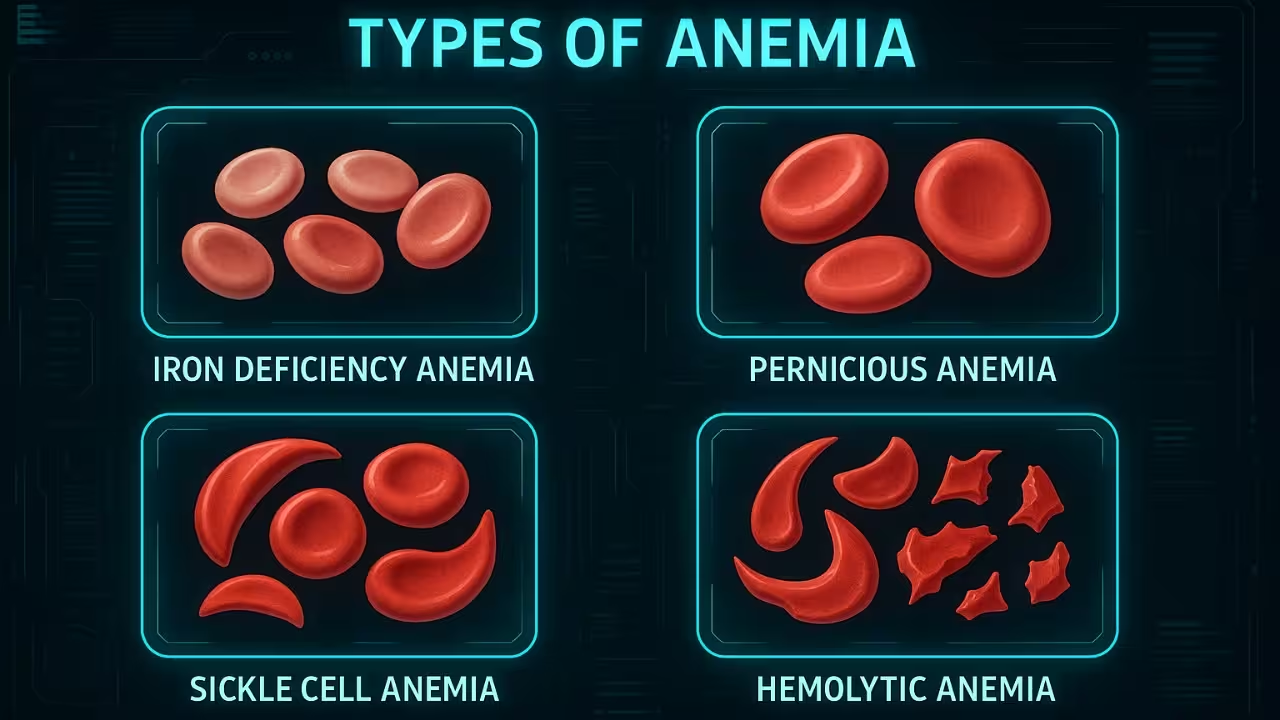
Here are the major types of anemia disease you should know about:
This is the most common form - especially in teens, people with heavy periods, or anyone not getting enough iron through food.
What it feels like:
Basically, iron is the thing your body uses to make hemoglobin - and if that’s low, oxygen delivery drops, and so does your energy.
This one messes with both red blood cells and your nerves, especially if your body can't absorb enough B12.
Common signs:
It’s sneaky because it hits both your blood and your nervous system.
Folate helps make new red blood cells. If your diet’s not great or you’ve got absorption issues, your folate levels can drop.
You might notice:
This one’s common during pregnancy too - when the body needs more folate than usual.
In this type, your red blood cells break down faster than your body can make new ones. Sometimes it’s inherited, sometimes triggered by meds or infections.
What shows up:
It’s more serious and often needs long-term treatment.
This one’s genetic and mostly found in certain communities. Red blood cells become sickle-shaped and block blood flow.
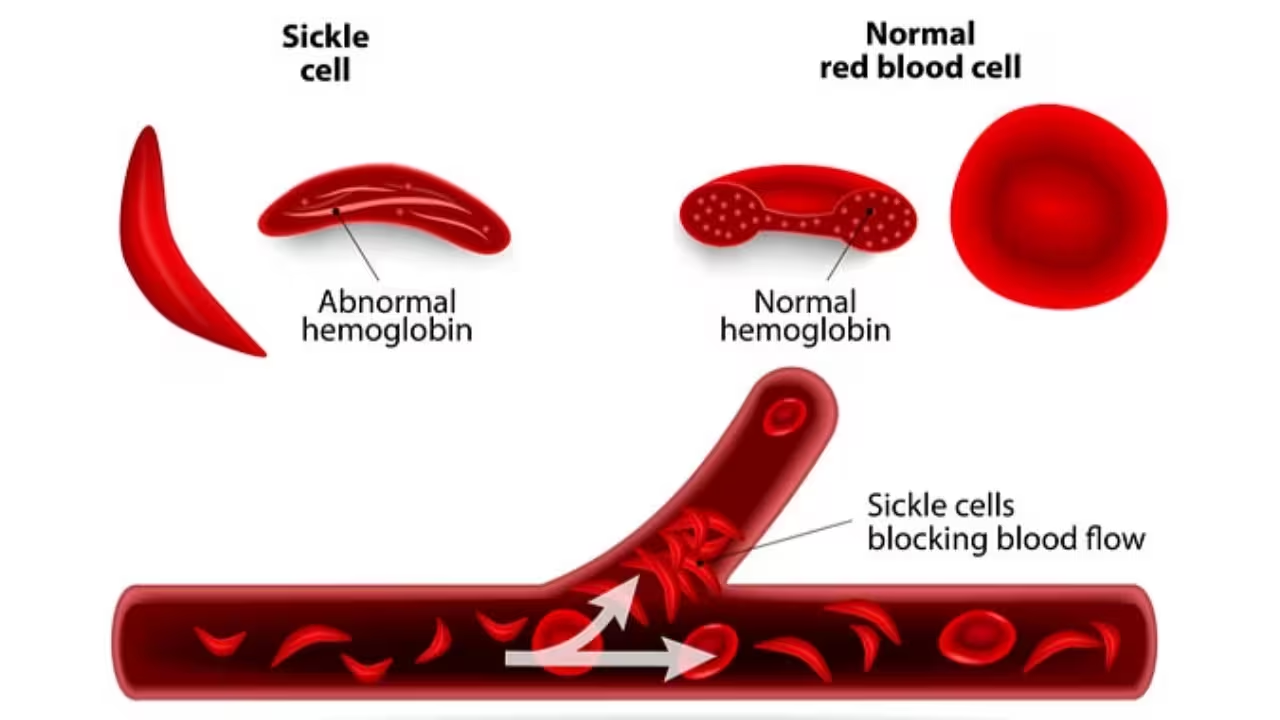
Real symptoms:
This isn’t the kind you outgrow - it’s lifelong, but with care, people live full lives.
Identifying the type of anemia is essential for proper treatment and long-term management.
Anemia might seem manageable at first - a bit of tiredness here, a little dizziness there. But if left untreated for too long, this common anemia disease can quietly cause some serious damage inside the body. It's not just about feeling tired - it's about how your organs cope with long-term oxygen shortage.
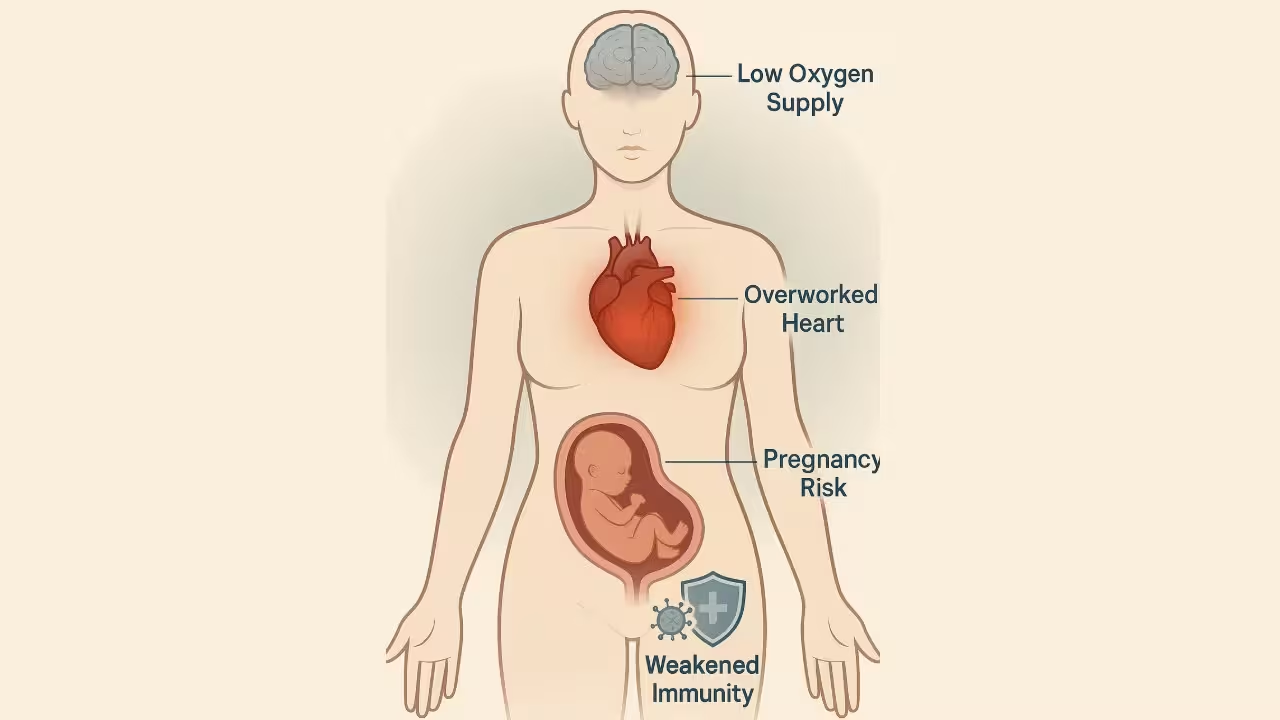
Here’s what can happen when anemia isn’t treated properly:
When you have anemia, your blood can’t carry enough oxygen to your organs - including your heart. To make up for this, the heart works harder than usual, which can lead to:
This is especially risky in older adults or people with existing heart conditions. It’s one of the more dangerous consequences of chronic anemia disease.
We all feel tired sometimes - but this isn’t normal tiredness. With untreated anemia, fatigue can become so intense that it interferes with daily life:
This is one of the most common symptoms of anemia - and the longer it goes unchecked, the worse it can get.
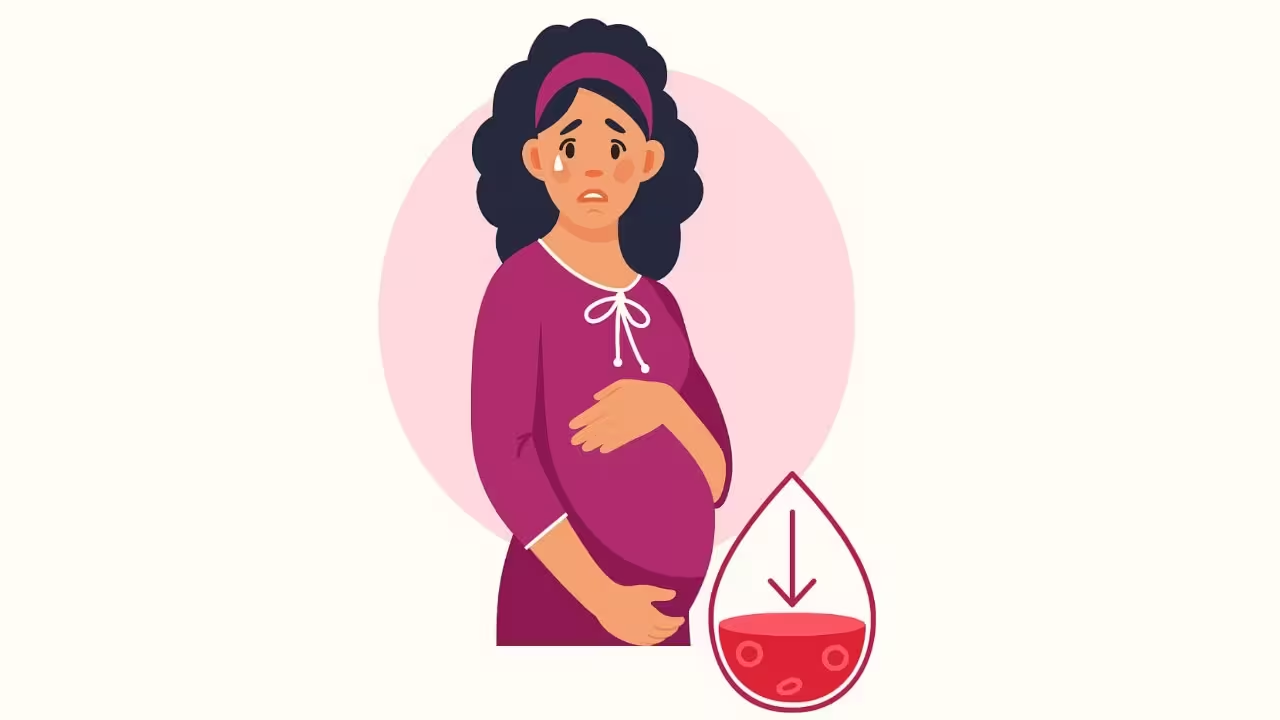
Pregnancy already places extra demand on your body - and anemia makes it even tougher. If not managed, anemia in pregnancy can cause:
That’s why iron and folate supplements are often prescribed during pregnancy - not just for energy, but for the baby’s healthy growth too.
In some cases, anaemia medication like injections or specific drugs may be used based on severity.
Healthy red blood cells are crucial for immunity. When your body lacks them, your immune response drops, making you:
In some forms like hemolytic anemia or sickle cell anemia, the spleen (which helps fight infection) is directly affected - increasing the risk even more.
Anemia might sound simple - low red blood cells, right? But to diagnose it correctly, doctors go beyond just your energy levels. They check your symptoms of anemia, run blood tests, and sometimes dig deeper depending on how severe or unusual the case is.
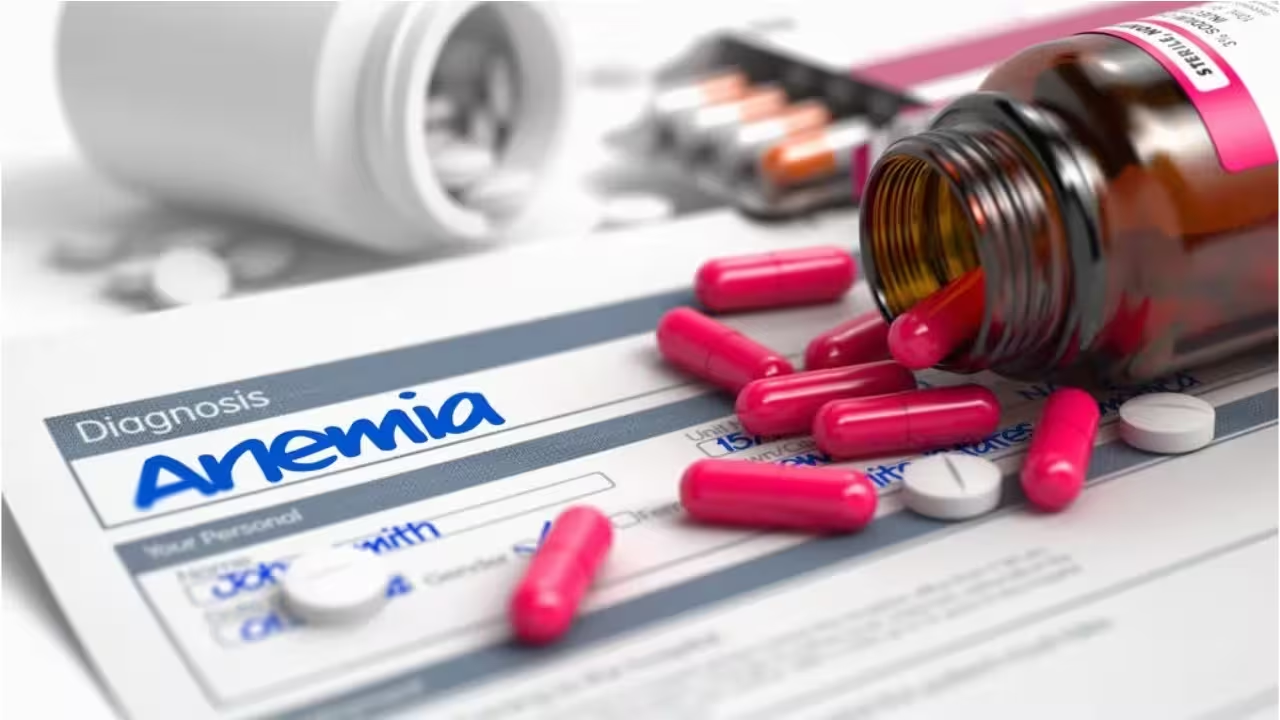
Anemia isn’t diagnosed just by “looking tired” - it takes proper blood work and sometimes a few extra tests depending on the cause. Here’s how it usually goes down:
Before any lab test, it usually starts with what you feel. Some symptoms might seem small or easy to ignore, but they can be big clues for doctors:
If you’ve been feeling like this for a while, it's worth getting checked. These are classic signs your red blood cells might not be carrying enough oxygen.
This is the most important blood test for diagnosing anemia disease. A CBC gives an overview of all your blood components. Key things it checks:
Doctors use these numbers to figure out how mild or severe the anemia is. It's a quick and easy test - just a small blood sample.
Once anemia is confirmed, doctors dig deeper to find out why it’s happening. Different types of anemia have different root causes, so these tests are important:
This part helps guide the exact treatment you’ll need - whether it’s supplements, diet changes, or something more.
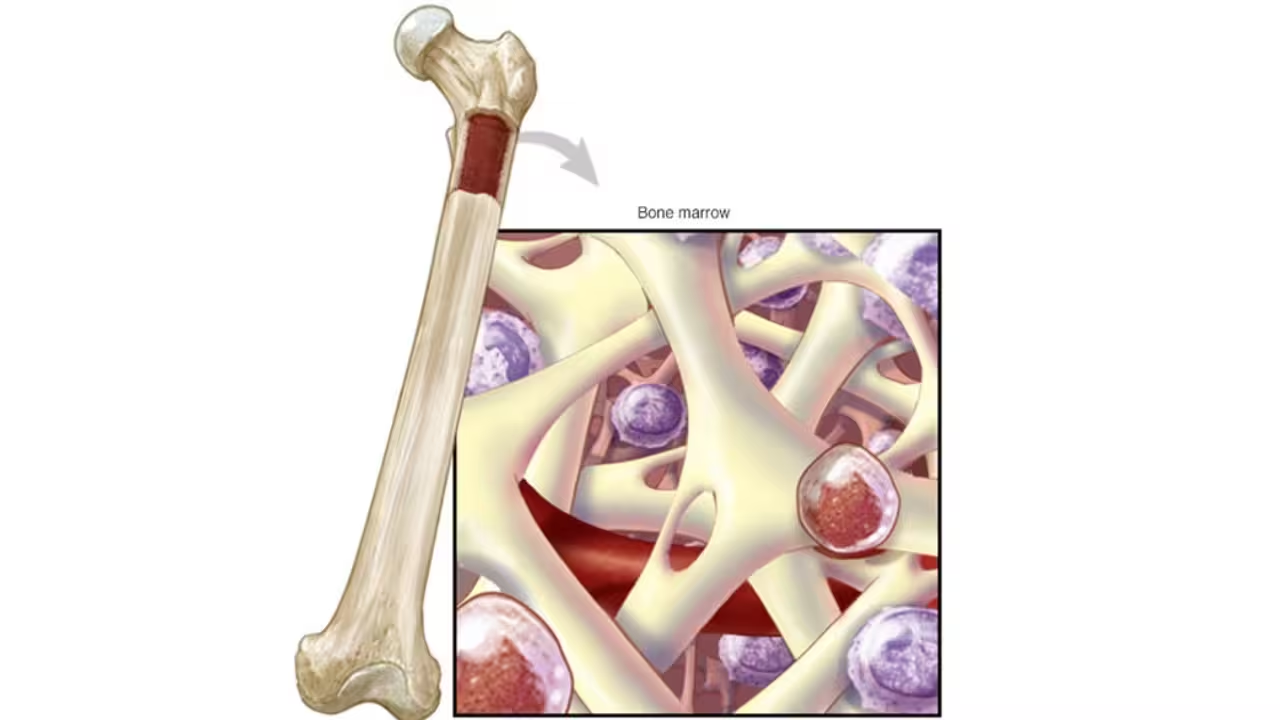
Bone marrow testing is reserved for complex cases, such as when:
A small sample is taken from your bone marrow to check how well your body is making blood cells. It’s safe but used only when really needed.
Reminder: Diagnosing anemia isn’t just about feeling tired - it’s a step-by-step process combining symptoms, blood test results, and a deep dive into what your body might be missing. Catching the cause early is the first step to the right treatment.
